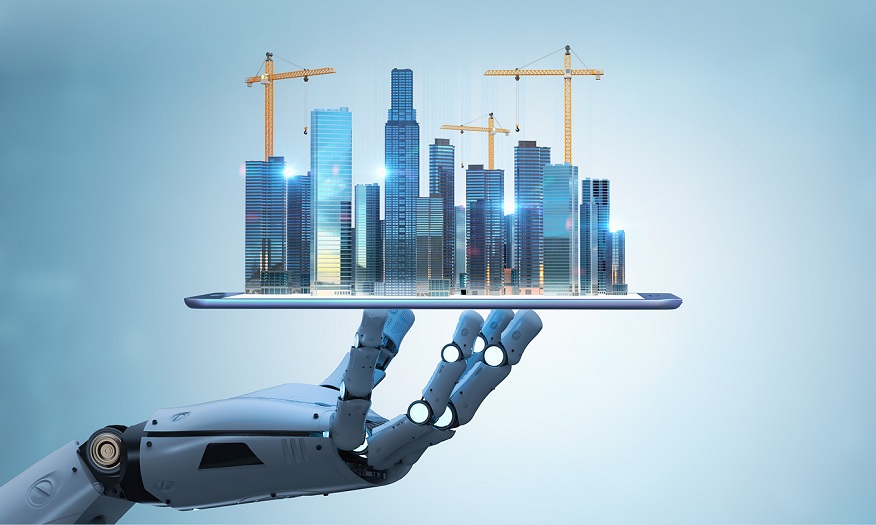In the ever-evolving realm of construction, the integration of cutting-edge technologies has become imperative for ensuring a project’s visual appeal, safety, and efficiency. One such technology that has revolutionized the construction industry is 3D site modeling. Beyond its aesthetic benefits, 3D site modeling enhances safety in mega-construction projects.
In this blog post, we will delve into the various ways in which 3d site modeling boise contributes to a safer construction environment:
- Risk Identification and Mitigation:
- 3D site modeling allows for a detailed and comprehensive construction site representation, enabling stakeholders to identify potential hazards and risks accurately.
- Through virtual simulations, project managers and safety engineers can visualize the entire construction process, foresee potential risks, and implement mitigation measures in the planning phase.
- Real-time Monitoring:
- With the help of sensors and real-time data integration, 3d site modeling boise enables constant monitoring of construction sites.
- This real-time monitoring allows for the immediate identification of safety issues, such as unauthorized access, equipment malfunctions, or structural deviations, facilitating prompt intervention to prevent accidents.
- Communication and Collaboration:
- 3D site models serve as a universal language for all stakeholders involved in a construction project.
- Improved communication and collaboration among architects, engineers, contractors, and safety professionals lead to better decision-making and the implementation of safety protocols throughout the construction process.
- Training and Simulation:
- 3D site models provide an immersive environment for training purposes, allowing workers to familiarize themselves with the construction site before physically stepping onto it.
- Simulation exercises within the virtual model help workers understand safety procedures, emergency protocols, and the correct operation of machinery, reducing the likelihood of accidents due to human error.
- Clash Detection:
- The 3D modeling process includes clash detection, identifying potential conflicts between different elements of the construction project.
- Resolving clashes in the virtual environment before construction begins reduces the risk of on-site accidents resulting from design errors or clashes between systems (electrical, plumbing, structural).
- Data-driven Decision Making:
- 3D site modeling generates a wealth of data that can be analyzed to make informed decisions about safety measures.
- Historical data on accidents and near misses can be used to predict potential hazards and implement preventive measures, fostering a proactive safety culture on construction sites.
3D site modeling brings many benefits across various facets of the construction industry. Let’s explore some key advantages that underscore the significance of 3D site modeling:
- Enhanced Visualization: 3D site modeling provides stakeholders with a realistic and immersive construction project visualization. This allows a better understanding of the design intent, spatial relationships, and overall project scope. Architects, engineers, and clients can visualize the final product in detail before construction begins, improving decision-making and reducing design misunderstandings.
- Improved Planning and Design: The detailed 3D models are a valuable tool during the planning and design phases. Architects and engineers can identify potential design issues, optimize layouts, and make informed decisions regarding materials and construction methods.
- Scheduling Optimization:3D site modeling integrates seamlessly with project scheduling tools, allowing for a more accurate and efficient construction timeline. Project managers can visualize the construction sequence, identify critical paths, and optimize schedules based on the virtual model.
In mega construction, where the stakes are high and the complexities are immense, prioritizing safety is not just a legal obligation but a moral imperative. 3D site modeling emerges as a powerful tool that goes beyond its aesthetic appeal, significantlyenhancing safety protocols in construction projects.




